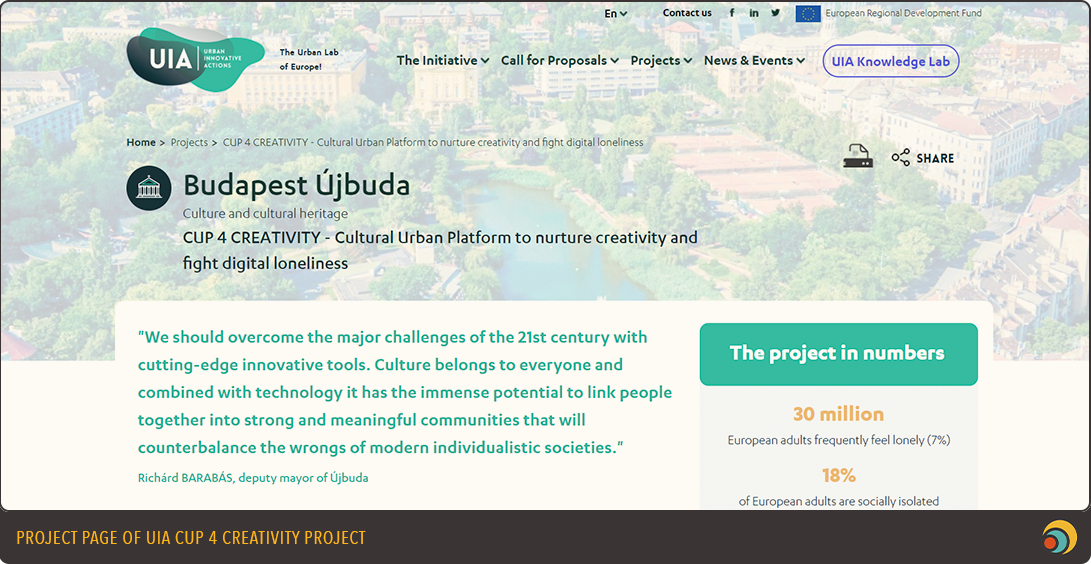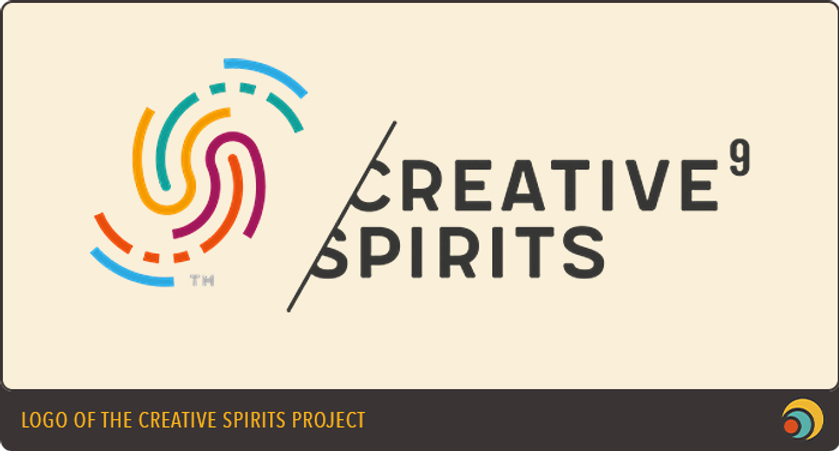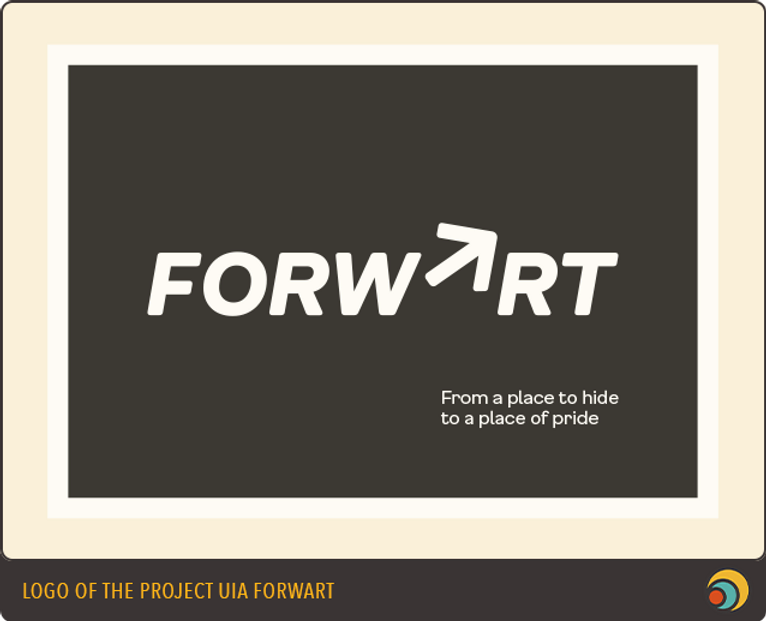So I want to begin with an apology. I apologise in advance for writing another one of those articles that uses COVID as an excuse to talk about something the author thinks is important. In my case: art, culture, and wellbeing.
I’m going to use this article as a soapbox, giving a few examples and providing a couple of tips for urban policy makers. By way of payment for your patience with this indulgence, I’ve sprinkled a few cultural recommendations throughout as a sweetener. If nothing else, hopefully, you’ll find a new book to read or film to watch.
Living through a pandemic has only reinforced my belief in the importance of art and culture for my wellbeing and the wellbeing of others.
Whenever cabin fever has hit me hardest, I’ve been able to find inspiration and energy by indulging the flâneur in me, sauntering around my home city of Rotterdam and admiring its world-renowned modernist architecture. Norman Foster, Rem Koolhaas, Piet Blom, Willem Dudok, we’ve got it in spades.
Come the evening, I can lose myself in the world of TV and cinema thanks to the package of subscriptions we’ve cobbled together with friends and family. I can’t get enough of Sorkin’s dialogue so the October release of The Trial of the Chicago 7 was a real treat for me.
And if I’m looking to connect with friends and colleagues, I can discuss a great book with my reading group over Zoom (for me, 2020’s literary highlight was definitely reading Mantel’s Cromwell trilogy during the first lockdown); or I can team up with old mates from the UK and try to survive Verdansk on Call of Duty (eight wins and counting!).
On top of all this, if I’m working out or going for a run, there’s no better soundtrack than Spotify’s song radio playlist for Action Bronson’s Easy Rider.
So, in short, art and culture has been a lifeline for me, and I’m sure it’s the same for others. It’s because of the value of art and culture that the European Commission has recently granted funding to a series of projects that will use its power to develop and test solutions to challenges faced by cities across Europe, and several of these have involved input from BURST’s team of experts.
The first is based in Hungary’s capital, Budapest. Last year, the Urban Innovative Actions programme (Europe’s DARPA for urbanism, helping cities run real-world tests of ideas generated by blue sky thinking) granted just over four million euros to CUP 4 CREATIVITY. The project will use this money to test the large-scale application of an innovative combination of online and offline interventions to fight digital loneliness by unleashing the creative potential of the citizens involved and bringing them together in creative communities.

Looking to Western Europe, the city of Tilburg in the Netherlands was also granted just over four million euros by the same programme for its project, ForwArt. The city and its partners will use this money to develop and test a solution that increases ‘eudaimonic’ well being amongst its citizens through the use of participative art projects that build communities and increase feelings of agency and self-belief.
These projects are inspiring, but everyone knows it’s not enough to have an inspiring idea, or even to test it on the ground, you also need to be able to implement it in a sustainable way. Fortunately, there’s an EU project for that, too.
Running between 2016 and 2019, the Creative Spirits project (funded by URBACT, Europe’s urban capacity building programme) investigated how local authorities can improve the way in which they implement their policies for the cultural and creative industries. Nine cities worked together on five common challenges related to implementation. These challenges were:
- Ensuring that implementation is done in an integrated manner
- Maintaining the involvement of stakeholders during implementation (and the closely related challenge of organising decision-making for delivery)
- Measuring performance with indicators and monitoring systems
- Translating strategies into actionable plans
- Enhancing funding through financial innovation

The project found solutions to each of these challenges, the details of which can be read in the final report (published on the BURST’s ISSUU platform along with this article). However, since we’re in the middle of a pandemic and the cultural sector is facing unprecedented funding challenges, I’ll close this article by giving more details about the last of these through the lense of the ForwArt project: how can we improve funding for cultural activities?
To improve funding for arts and culture we need to improve how we answer the two questions that must be answered when funding any public good. First, how do we get people to pay for it? Second, how do we decide what to pay for and how much money we should give it? Fortunately, the ForwArt project has a potential solution: quadratic funding.
What is quadratic funding? The short (but technical) answer is that it’s a design for philanthropic or publicly-funded seeding to allow the (near) optimal provision of a decentralised, self-organising ecosystem of public goods. Big words, sounds very clever, but what does it actually mean?
In plain English, it’s a type of crowdfunding. Citizens donate money to projects they think are good and the municipality tops up that donation with extra money.
So far so boring. But quadratic funding has a secret sauce. The money provided by the municipality isn’t a one-for-one match. Instead, it’s the square of the sum of the square roots of the contributions made by the people who donated.
Did you get that? I know I didn’t. Let’s look at a concrete example. Imagine you have €10,000 in a matching fund provided by the municipality and you have three projects participating in a funding round.
Project A receives €1000 in donations from five citizens, each contributing €200. Project B also receives €1000 in donations. However, this is provided by just two citizens, each contributing €500. Project C also received €1000 in donations. However, this was provided by 20 citizens, each contributing €50.

Now let’s use the formula to check the matched amounts and see the power of quadratic funding.
Project A receives a top up from the municipality of €1,185, an extra 185% on top of the original donations from the citizens. Project B receives a €741 top up from the municipality, an extra 74% on top of the original donations from the citizens. And now here comes the magic. Project C receives a whopping €7,407 top up from the municipality, an extra 740% on top of the original donations from the citizens!

What’s special about this? First, it increases the incentive for people to pay for the public good in question (in our case, art and culture). Second, it reveals the preferences of the citizens regarding their preferred projects (citizens vote with their money). Third, it ensures the projects with the widest support base get the biggest top up (which is good because these are likely to bring value to the greatest number of citizens). Fourth, it is a flexible system that allows the set of projects to emerge from the community organically (anyone can propose a project). This is why economist Alex Tabarrok has described quadratic funding as, “a quantum leap in public-goods mechanism-design”.

I can’t wait to see what Tilburg, its citizens, and the ForwArt project create using this solution. Who knows, at the rate this pandemic is going, maybe I’ll be able to lean on the fruits of their labours as I hunker down and dodge its tenth wave three years from now…
The Final Report of Creative Spirits project is available from now on BURST’s ISSUU platform. The author of the Report was Hen Gerrits, one of the experts of BURST.
